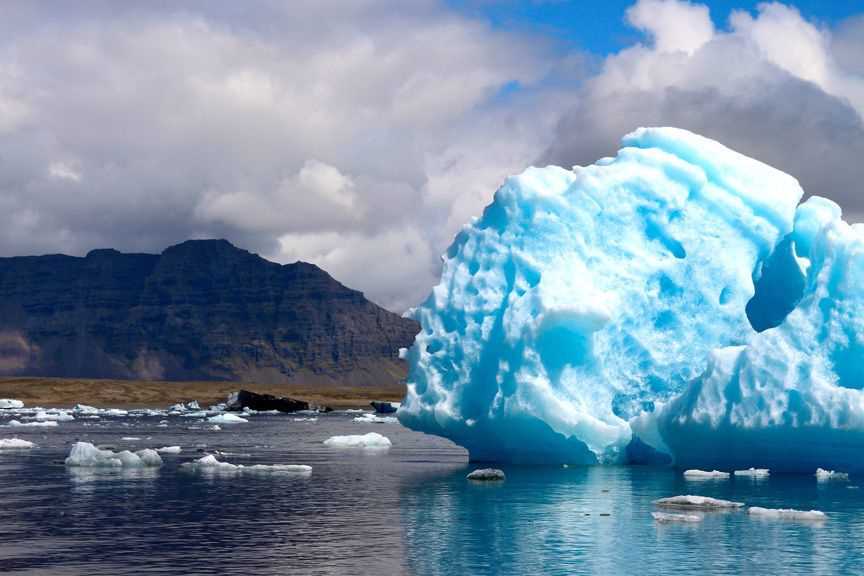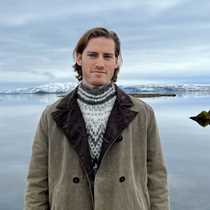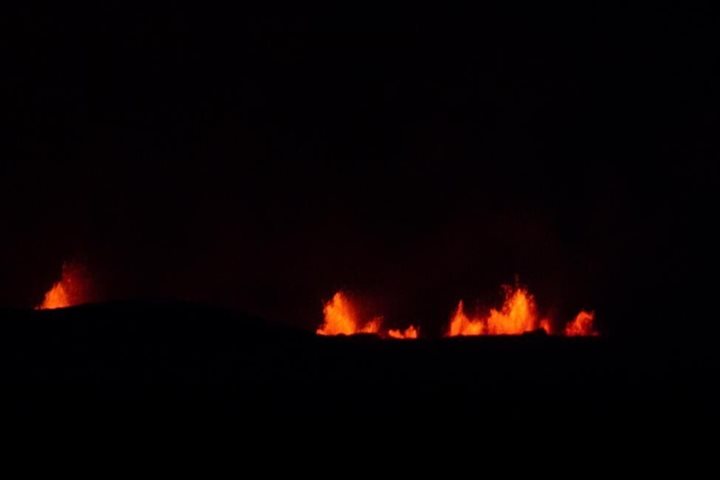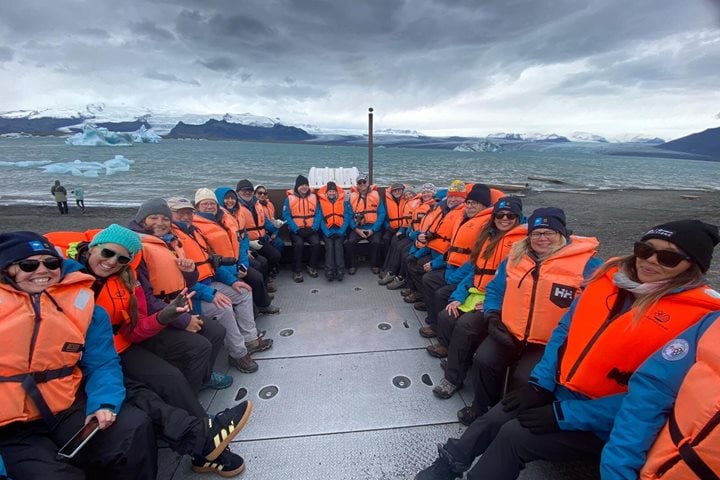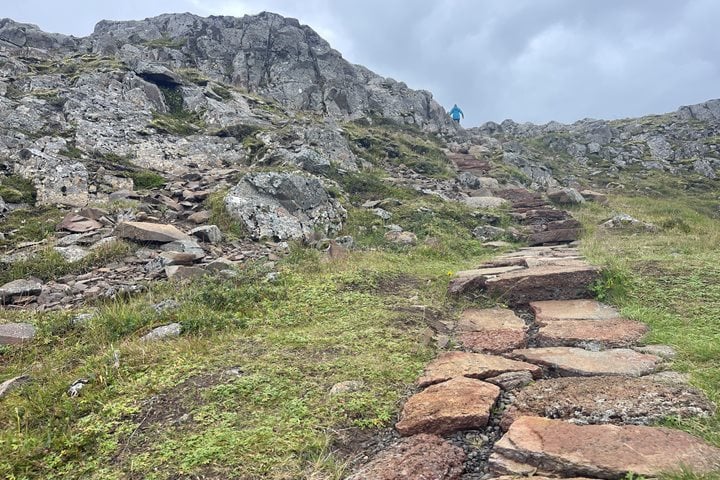After
having experienced deep fjords and small islands teeming with birdlife, we got
to see another side of Iceland—the south shore. Our day began docked in
Djúpivogur, a small fishing village that was a trading post during the Danish
rule. After an early breakfast, we headed out in groups for our daily
expeditions.
The
earliest departure were the glacier hikers, heading for Skaftafell National
Park to experience the mighty glacier Vatnajökull first hand. Vatnajökull is Iceland’s
largest glacier, covering 3,100 square miles, and Europe’s largest by volume.
The
next departure was for the Super Jeeps, big 4x4s outfitted with huge tires
ready to take on glacial rivers, rocky highlands, and even the glaciers
themselves. The Super Jeeps headed for Lón valley on the southeastern side of
Vatnajökull.
The
last departure was for Jökulsárlón, the glacier lagoon, which bega to form only
70 years ago when the outlet glacier Breiðamerkurjökull began its retreat
inland from the south shore. The glacier’s retreat carved out the lagoon that
is actually Iceland’s deepest lake at 1,000 ft. Once we arrived at the glacier
lagoon, we saw it was teeming with life—of both the tourist and wildlife
varieties. Barnacle geese were nesting in the area. We spotted the now-familiar
Arctic tern nearby as well as great skuas devouring a small trout, Arctic skuas
searching for prey, and juvenile kittiwakes practicing their fishing skills. We
also saw a couple of harbor seals that had come in with the high tide as
seawater flowed into the lagoon.
The
south shore might seem dull on paper, with its black sandy deserts, little
vegetation, and the highest average precipitation in Iceland. However, as we
experienced this otherworldly landscape, unlike anything we have seen elsewhere,
we realized that Iceland truly is unpredictable. The glaciers play such an
integral part in the continuous formation of the south shore. Volcanic eruptions
occur on average once every four years and cause huge glacial floods that flush
out enormous amounts of sand and silt that can extend the shoreline to up to
2.5 miles in one run! Some mountains along the south shore are still called
islands because that’s what they used to be.
As we returned to Djúpivogur, the sun was shining and, as an Icelander, I am always grateful for sunny days—especially with winter around the corner. In the afternoon, we headed toward the Westman Islands to see what surprises Iceland has in store for us there.

